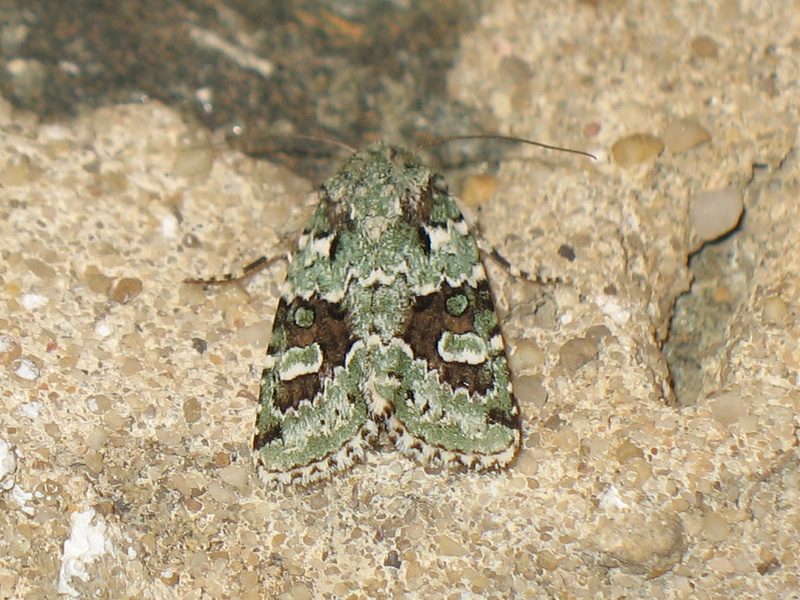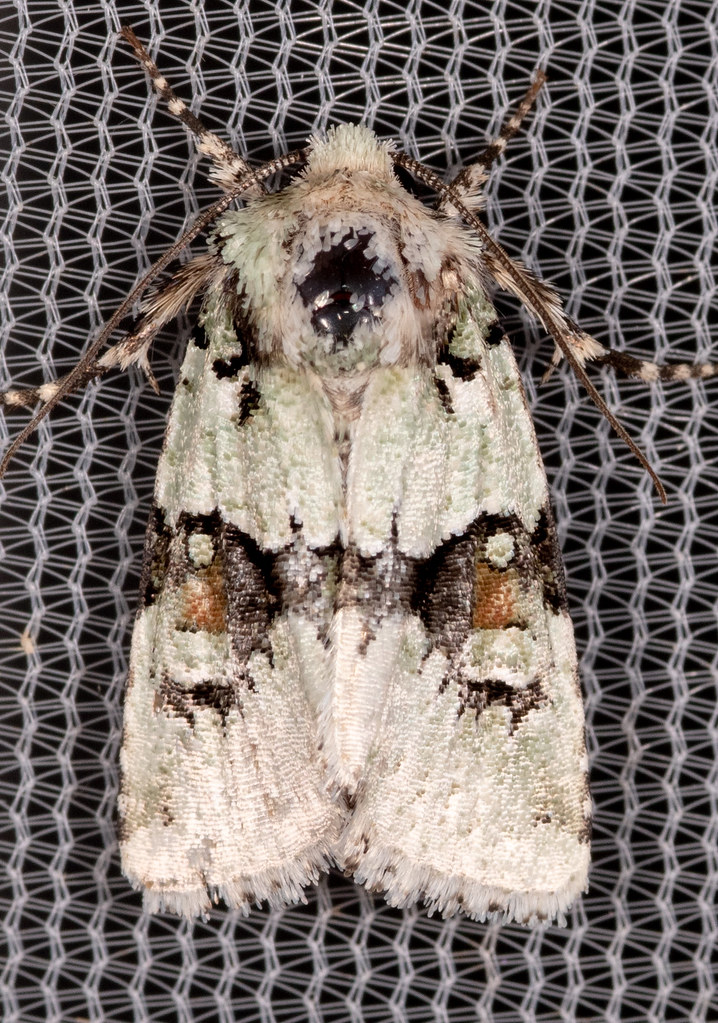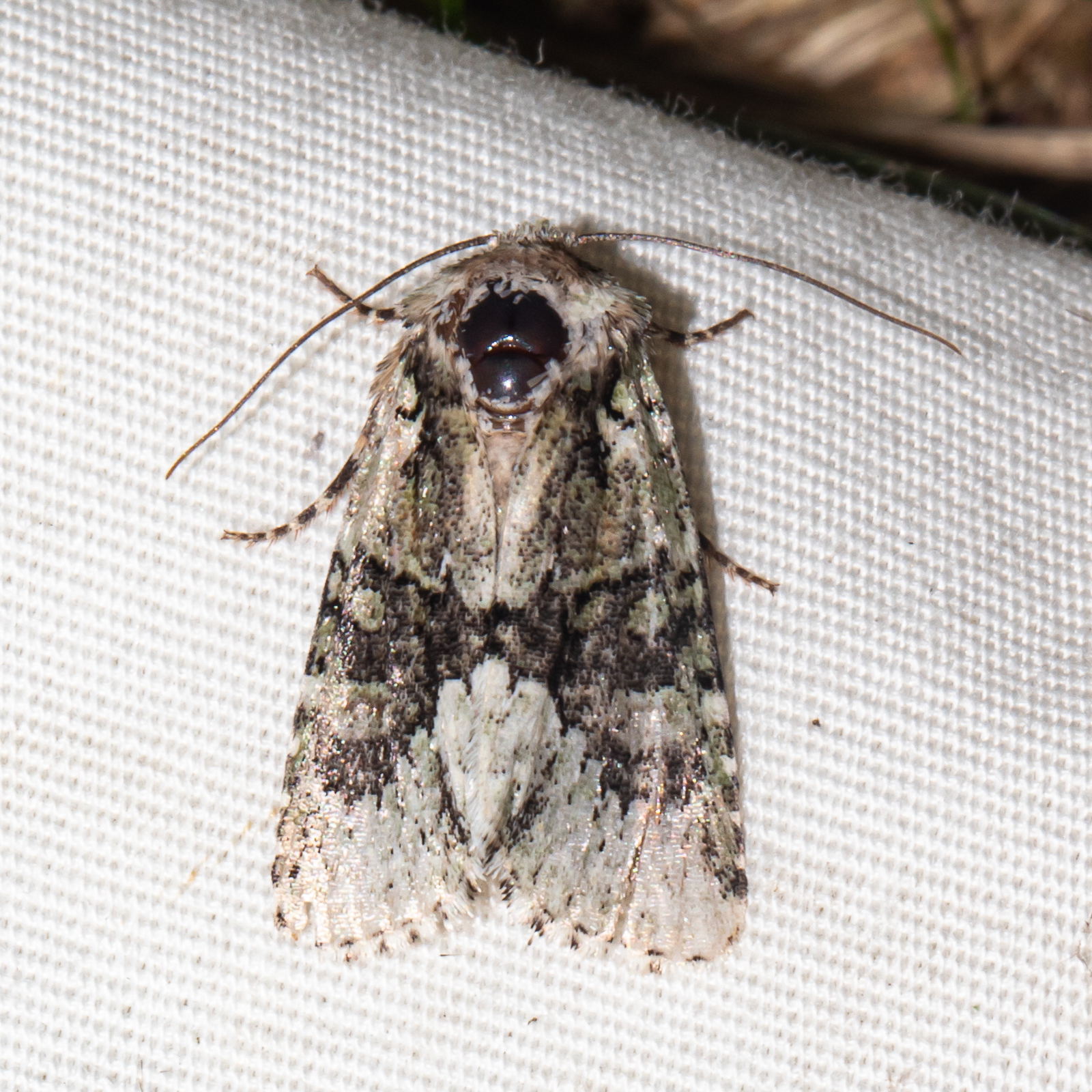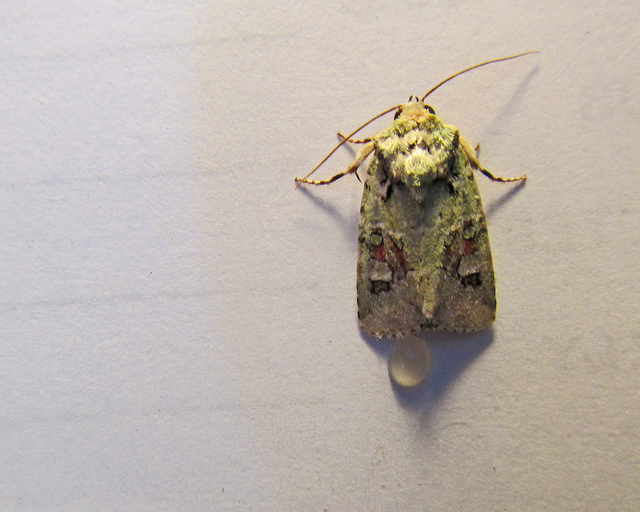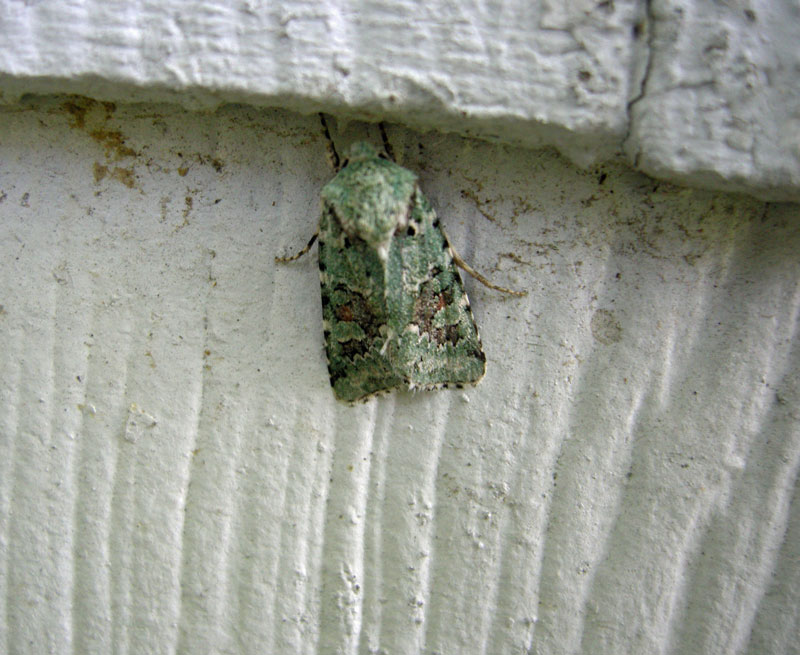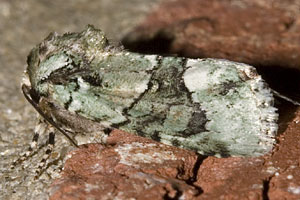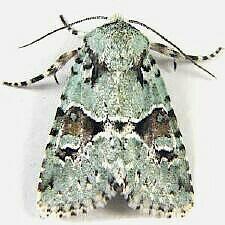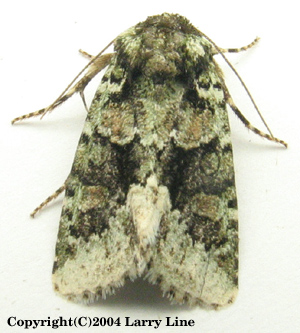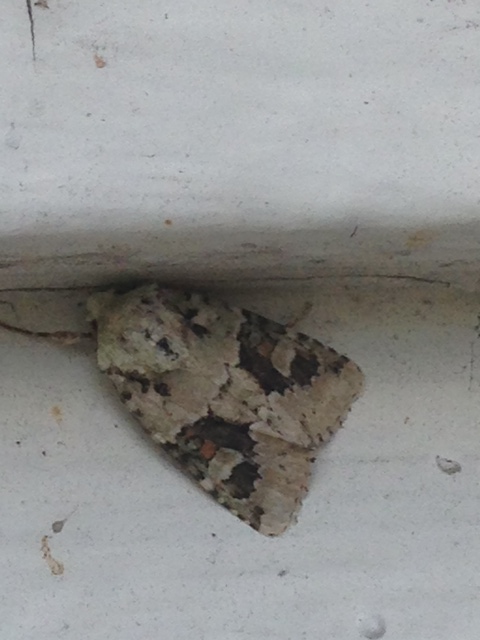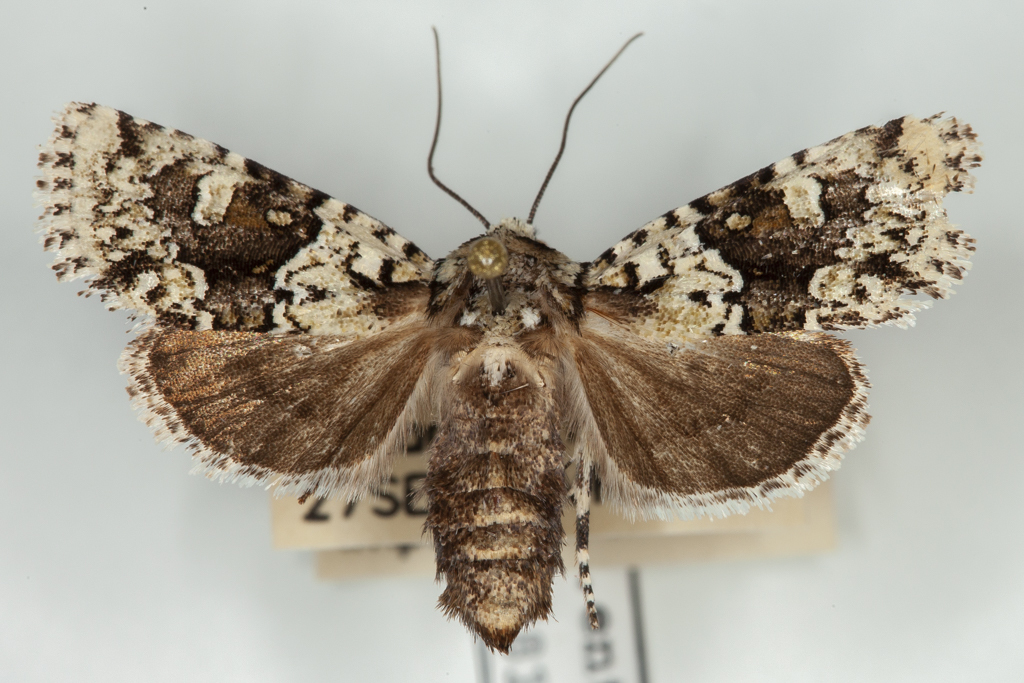Map Snapshot



















105 Records
Seasonality Snapshot
Use of media featured on Maryland Biodiversity Project is only permitted with express permission of the photographer.
An Implicit Arches Moth in Prince George's Co., Maryland (8/29/2014).
View Record Details
Media by
Rod Burley.
An Implicit Arches Moth in Washington Co., Maryland (9/20/2019).
View Record Details
Media by
Mark Etheridge.
Implicit Arches Moth in Howard Co., Maryland (9/6/2020). (c) Timothy Reichard, all rights reserved.
View Record Details
Media by
Timothy Reichard.
Implicit Arches Moth in Allegany Co., Maryland (9/22/2012).
View Record Details
Media by
Matt Tillett.
An Implicit Arches Moth in Somerset Co., Maryland (7/10/2012).
View Record Details
Media by
Lance Biechele.
An Implicit Arches Moth in Calvert Co., Maryland (8/16/2006).
View Record Details
Media by
Arlene Ripley.
An Implicit Arches Moth in Prince George's Co., Maryland.
View Record Details
Media by
Bob Patterson.
An Implicit Arches Moth in Howard Co., Maryland (5/13/2004).
View Record Details
Media by
Larry Line.
A Laudable Arches Moth in St. Mary's Co., Maryland (9/13/2016).
View Record Details
Media by
Tyler Bell.
An Implicit Arches Moth in Prince George's Co., Maryland (8/12/2014).
View Record Details
Media by
Rod Burley.
Implicit Arches Moth in Prince George's Co., Maryland (9/27/1987). (c) John L. Richards, some rights reserved (CC BY-NC).
View Record Details
Media by
John L. Richards via iNaturalist.
Source: Wikipedia
| Lacinipolia implicata | |
|---|---|

| |
| Scientific classification | |
| Domain: | Eukaryota |
| Kingdom: | Animalia |
| Phylum: | Arthropoda |
| Class: | Insecta |
| Order: | Lepidoptera |
| Superfamily: | Noctuoidea |
| Family: | Noctuidae |
| Genus: | Lacinipolia |
| Species: | L. implicata
|
| Binomial name | |
| Lacinipolia implicata McDunnough, 1938
| |
Lacinipolia implicata, the implicit arches moth, is a moth of the family Noctuidae. It is found in eastern North America, from Connecticut south to South Carolina, west to Ontario, Michigan and Texas.
The wingspan is 25–32 mm. Adults are on wing from April to October in two generations (with the second brood usually being more numerous).
The larvae feed on a wide range of plants, including Taraxacum officinale.
